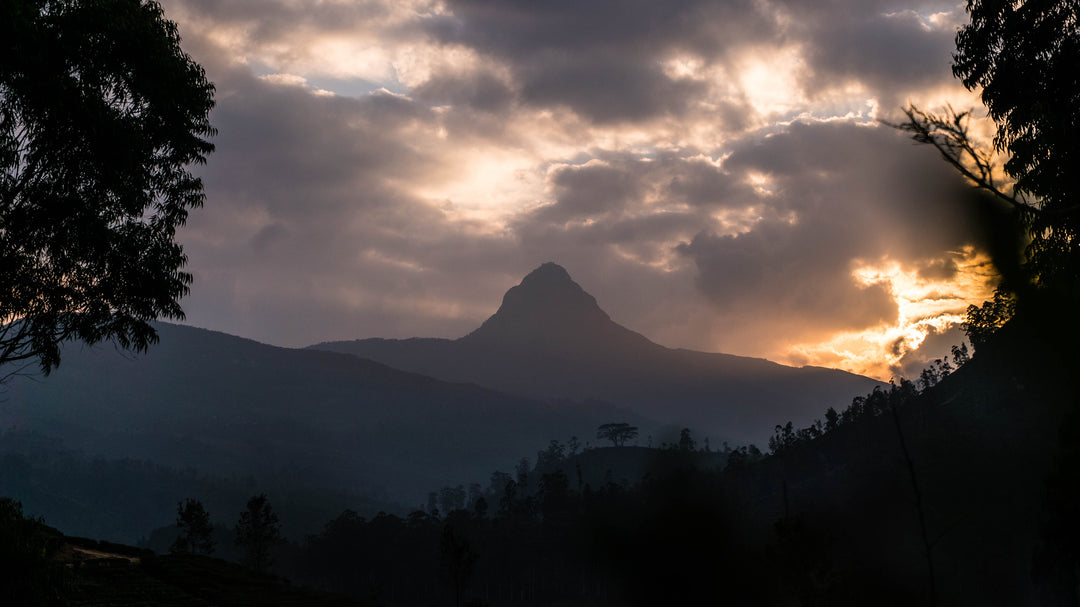Field Guide: Mastering the Art of Tea Plucking on a Ceylon Estate
Keeping tea bushes in prime plucking condition is a vital task on any tea estate, and ensuring that every tea bush is “performing” and producing exception tea is a key estate task.
The University of Tea’s chief instructor is Asanka De Tissera, he has over 30 years of experience as an Estate Superintendent and has managed some of Sri Lanka’s prime properties. His passion is plucking tea bushes and I was lucky to live and work with him on the Laxapana Estate when I started my tea training. In my first week I observed how he tackled what he termed a “banji war” on the tea bushes of Laxapana’s Hamilton division.
Banji is the anglicised term for what in Tamil is known as Vangi. Vangi means dormant and refers to a tea plant that has not produced two leaves and bud but has produced two leaves that come out in a V shape. This is not optimal and needs sorting.
My first weeks were spent tackling the “banji” tea bushes. In addition I also learned about “generational plucking”, the process by which slopes are managed to create even plucking conditions, excellent tea bush husbandry and good agricultural practice (GAP)

Fresh leaf ready for picking in the morning
Click the link below to see Asanka in action and learn how “banjis” are eliminated and generational plucking is achieved. As you look at the clip, bear in mind that what he is explaining and practising is being carried out on just one bush; imagine the work needed to achieve this standard across multiple bushes over acres and acres of the hill country.




